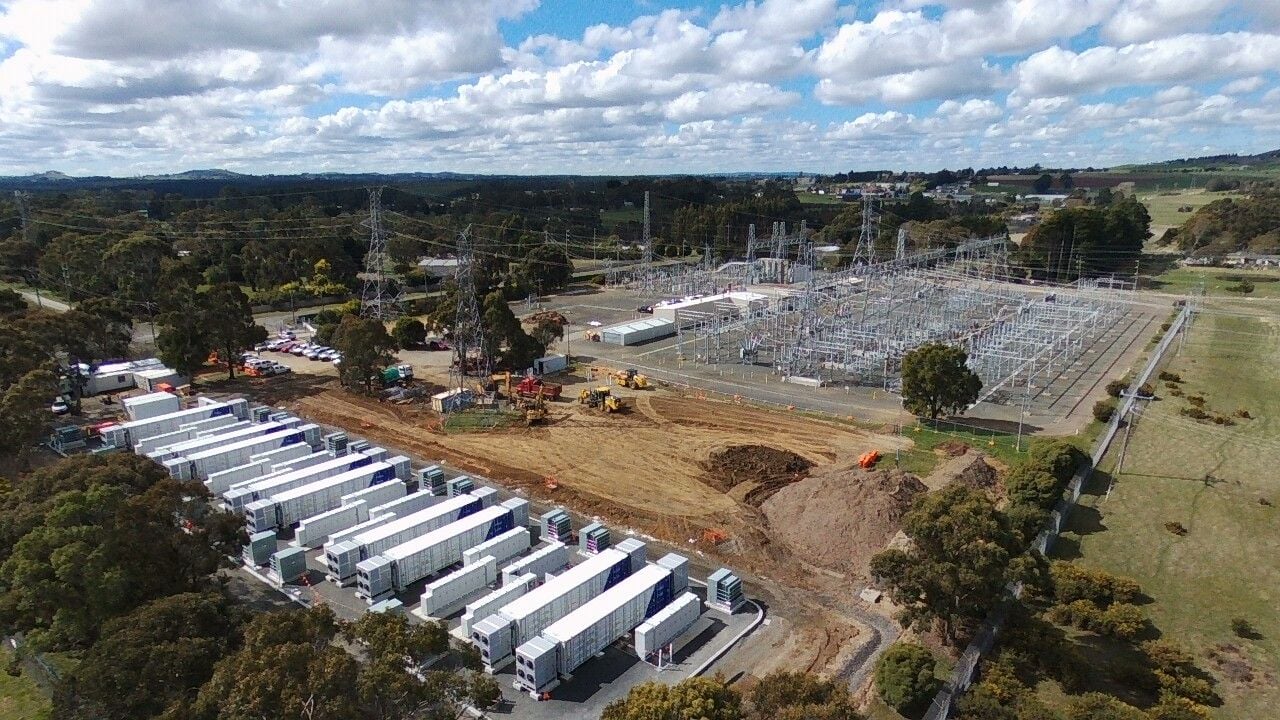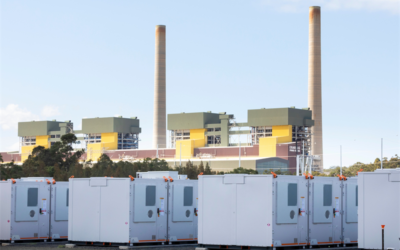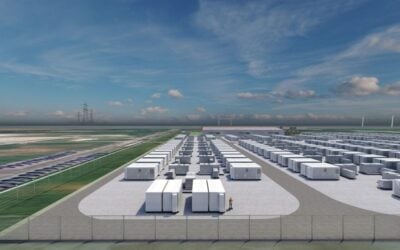
Energy storage technology provider Fluence’s proposal to use two large-scale battery storage systems to ease electricity transmission issues between the Australian states of Victoria and New South Wales has been published by the Australian Energy Market Operator (AEMO) this week.
AEMO, which oversees operations and the security of the country’s National Electricity Market, which in turn delivers electricity to all states except the Northern Territory and Western Australia, began assessing the viability of increasing interconnector capacity between Victoria and New South Wales (NSW) last December, together with TransGrid, the manager and operator of the HV transmission network in NSW.
Additional capacity to transfer power between the two states would have benefits including the easing of network congestion and optimisation of renewable energy resources from both a deployment and dispatch perspective. Congestion is thought to be particularly acute on the Victoria end of the interconnection.
AEMO and TransGrid have been determining the various options available and have been jointly conducting a Regulatory Investment Test for Transmission (RIT-T), with the stated aim of making “well-targeted and timely investments”. Stakeholders including developers Neoen and Pacific Hydro have suggested a preference for developing 500kV transmission lines at strategic points in response.
Try Premium for just $1
- Full premium access for the first month at only $1
- Converts to an annual rate after 30 days unless cancelled
- Cancel anytime during the trial period
Premium Benefits
- Expert industry analysis and interviews
- Digital access to PV Tech Power journal
- Exclusive event discounts
Or get the full Premium subscription right away
Or continue reading this article for free
Fluence, meanwhile, has proposed a solution that it believes can be executed faster and at lower cost than a build-out of transmission lines: the installation of two separate 250MW / 125MWh battery storage systems (BESS) at two substations on the existing NSW-Victoria interconnector (VNI) corridor. A Fluence spokesman told Energy-Storage.news today that the batteries could be installed in about a year-and-a-half, while most of the other options proposed aim for a 2027-2028 timescale for commissioning.
Proposal echoes Germany’s ‘GridBooster’ and France’s ‘Project RINGO’
The project would add “much-needed” capacity to the connector, facilitating “more large-scale electricity transfers between NSW and Victoria,” enabling “more efficient use of existing transmission lines,” while the battery systems could also be expanded at a later date “if there is additional load growth”.
The proposal is similar to two plans that have been put forward for transmission system purposes in Germany (GridBooster) and France (Project Ringo), in the past couple of years. Essentially, the batteries can be used to act as a ‘virtual transmission line’, allowing the expansion of capacity on the existing network and increasing reliability.
In fact, while the Fluence proposal for the VNI would dwarf even the Neoen-Fluence Hornsdale Power Reserve battery storage system (129MWh) that has successfully provided grid-balancing services in South Australia, the German grid operator-proposed GridBooster plan includes at least one battery system of 250MWh alongside two others of 100MWh each. Fluence chief operating officer John Zahurancik commented to Energy-Storage.news last year that GridBooster could save transmission companies and therefore ratepayers “billions” in deferred system costs. Original plans for GridBooster had called for a total of 1,300MW of storage which would have included a 500MW system.
Project RINGO in France meanwhile is considerably smaller in size, calling for 98MWh of battery storage deployed at three sites, but it looks like much more of a surety that it will go ahead, being an experimental, pilot deployment for transmission network operator RTE with providers Total, Nidec ASI and Blue Solutions already selected for the project.
AEMO’s publication of the Fluence proposal on 2 June, as well as input and proposals from other stakeholders, can be seen here.





